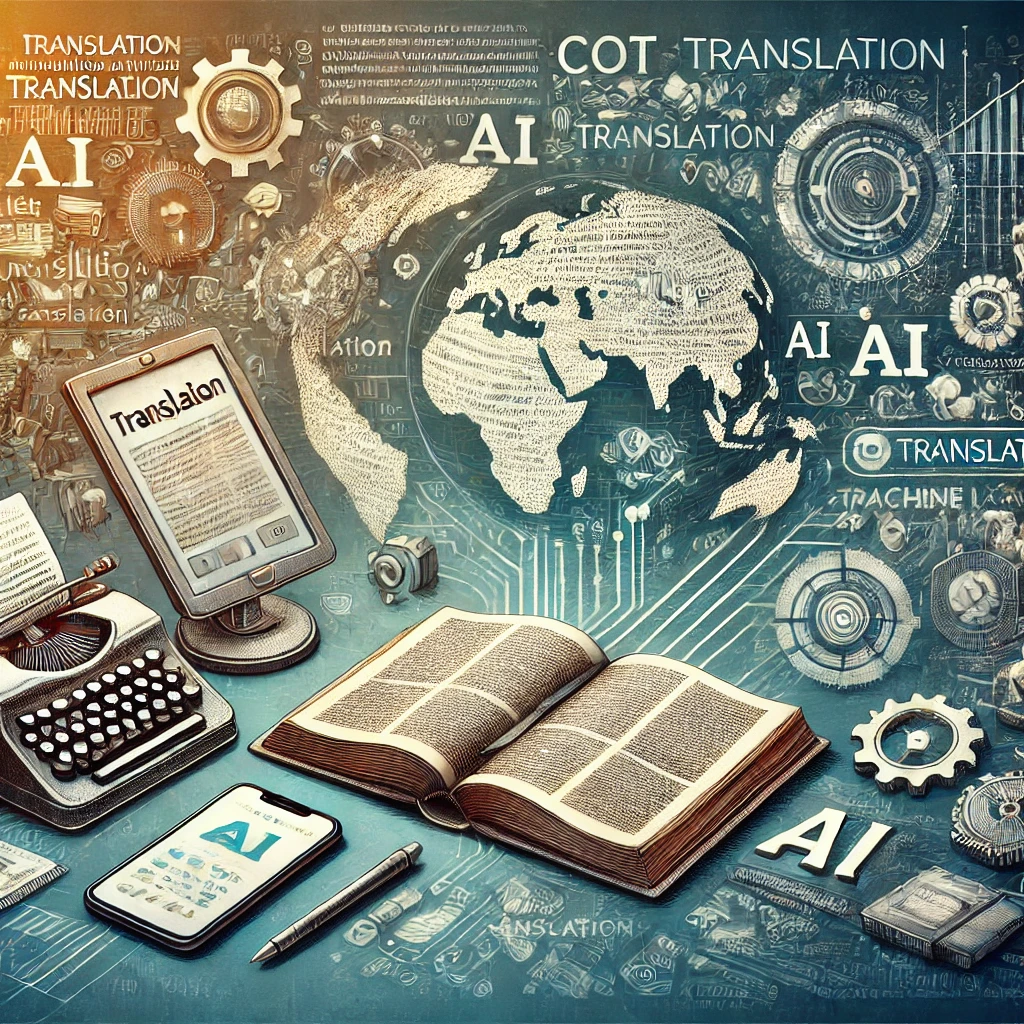- admin
- COTTranslation, HumanVsMachineTranslation, ModernTranslationTools, OfficialTranslations, ProfessionalTranslationServices, TranslationMemory, TranslationTechnology
- 0 Comments
- 2736 Views
In today’s globalized world, translation technology has revolutionized the way individuals and businesses communicate across languages. From simple text-based tools to sophisticated AI-powered systems, translation technology has made language barriers increasingly irrelevant. For businesses like COT Translation, this technological evolution enhances the ability to provide accurate and efficient translations, ensuring seamless communication for clients across diverse industries.
The Journey of Translation Technology
The history of translation technology can be traced back to the mid-20th century with the development of rule-based machine translation (RBMT). Early systems relied on linguistic rules and dictionaries to translate text, but their capabilities were limited, often resulting in awkward and inaccurate translations.
With the advent of statistical machine translation (SMT) in the early 2000s, translation systems began to analyze large datasets of bilingual text, producing more contextually relevant translations. However, SMT still struggled with idiomatic expressions and cultural nuances.
The real breakthrough came with neural machine translation (NMT), powered by artificial intelligence and deep learning algorithms. NMT systems, such as Google Translate and DeepL, offer more natural and context-aware translations, drastically improving accuracy. These systems learn from vast amounts of data, making them capable of handling complex texts and adapting to specific industries, such as legal, medical, or technical translations.
The Indispensable Role of Human Translators and Professional Translation Companies
Despite the impressive advancements in translation technology, it is essential to recognize that these tools cannot fully replace human translators or professional translation companies. Technology excels at processing vast amounts of data quickly, but it often lacks the ability to understand cultural nuances, emotional tone, and the context of specific industries.
COT Translation, for example, ensures that all translations are not only linguistically accurate but also culturally appropriate. Human translators bring expertise, creativity, and attention to detail that technology cannot replicate. This is especially crucial when translating complex documents, such as legal contracts, medical reports, or marketing content, where a single mistranslation can lead to misunderstandings or legal issues.
Furthermore, for translations to be legally valid or accepted by official authorities, they often need to be certified or provided by a professional translation company. COT Translation specializes in delivering certified translations that meet the standards required by governmental, educational, or corporate institutions. This ensures that clients can confidently present their translated documents wherever needed.
Key Features of Modern Translation Technology
- AI-Powered Tools
Artificial intelligence has enabled tools that can understand and translate text with greater precision. These tools adapt to linguistic patterns and provide more contextually appropriate translations. - Translation Memory (TM)
TM systems store previously translated text to maintain consistency in recurring projects. This is particularly valuable for industries that require accuracy, such as legal and financial translations. - Terminology Management
Modern tools include glossaries and term bases to ensure industry-specific jargon is correctly translated. - Post-Editing Machine Translation (PEMT)
Even with advanced technology, human expertise remains vital. PEMT combines machine efficiency with human accuracy to refine translations and eliminate errors. - Certified Translation Services
Certified translations, provided by companies like COT Translation, are essential for official documents to be recognized by authorities and institutions.
The Role of COT Translation in the Era of Technology
As technology evolves, COT Translation continues to leverage cutting-edge tools to provide high-quality translation services. By combining advanced technology with human expertise, COT Translation ensures that every project maintains the meaning, tone, and intention of the original text. The company recognizes the irreplaceable role of human translators in guaranteeing cultural and contextual accuracy.
For clients requiring certified translations, COT Translation provides trusted and legally recognized documents that comply with the standards of official authorities. This makes COT Translation the go-to partner for individuals and businesses seeking reliable and professional translation services.
Conclusion
The evolution of translation technology has transformed the way we bridge linguistic and cultural divides. From machine translation to real-time tools, advancements have created unprecedented opportunities for global communication. However, technology alone is not enough. The expertise of human translators and the credibility of professional translation companies like COT Translation remain essential to deliver accurate, culturally sensitive, and legally valid translations. With COT Translation, clients receive the perfect blend of technology and human expertise, ensuring their messages resonate effectively and authentically across language barriers.

